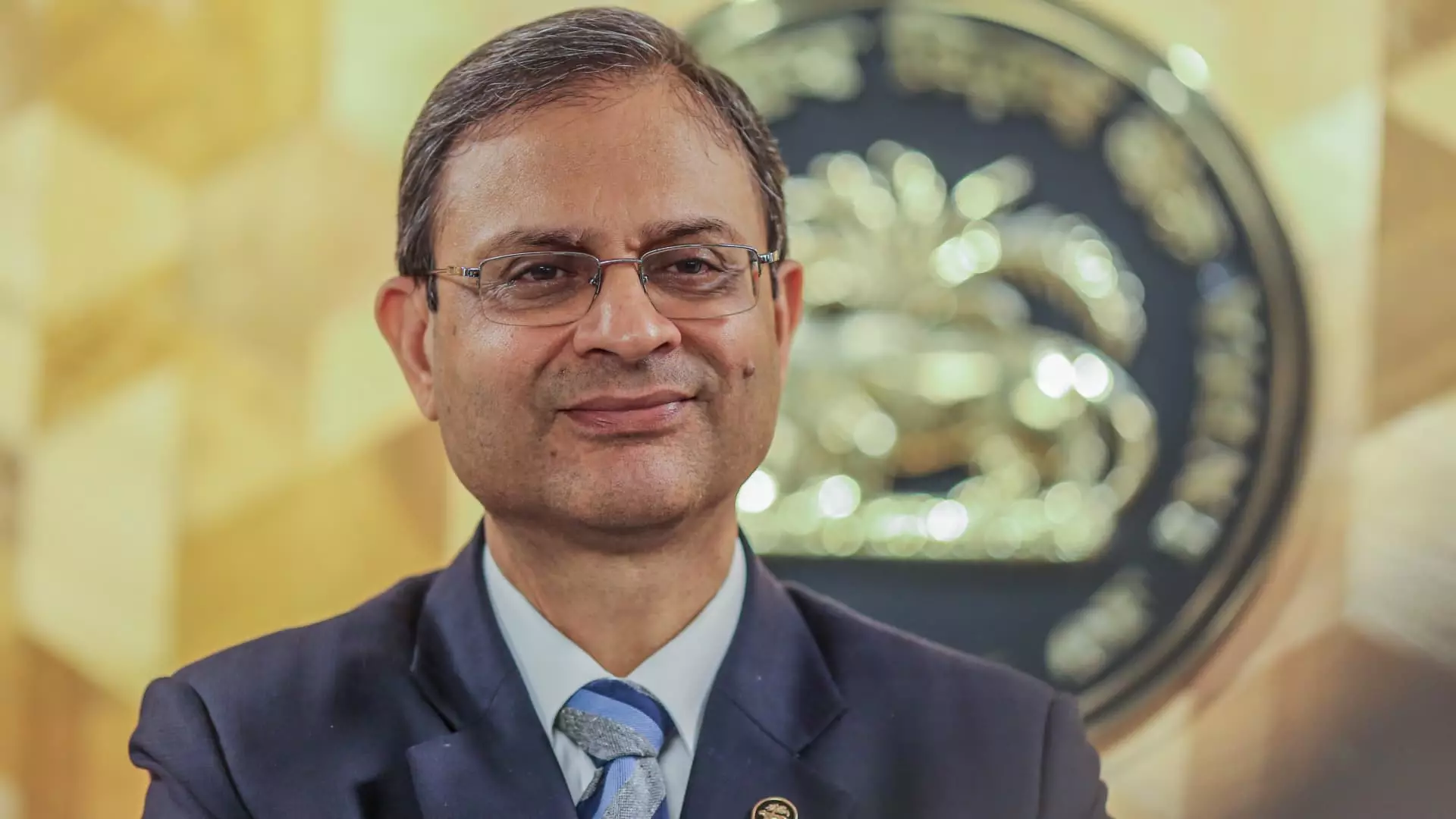On a momentous Friday, the Reserve Bank of India (RBI) made a significant policy shift by reducing key interest rates for the first time since May 2020. RBI’s decision to lower the repo rate by 25 basis points to 6.25% comes in response to easing inflation, providing the central bank with fresh impetus to invigorate economic growth. This monetary policy adjustment is framed against a backdrop of economic recovery that remains frail and uncertain.
The RBI’s acknowledgment of a projected 6.7% real GDP growth for the upcoming fiscal year serves both as a hopeful outlook and a cautious reminder of the current economic challenges. It also illustrates the importance of monitoring inflation, projected at a moderate 4.2%. In this instance, the rate cut can be interpreted as a strategic maneuver aimed at balancing financial stability while fostering growth.
Despite the central bank’s efforts to stimulate the economy, the immediate market reaction was less than positive. The benchmark Nifty 50 index saw a decrease of up to 0.5%, and the yield on 10-year bonds climbed by more than 4 basis points, hitting 6.7%. These movements echo a prevailing skepticism regarding whether the RBI’s rate adjustment will effectively stimulate growth or inadvertently strain the economy with rising inflation.
Investors had different expectations. Many anticipated a shift in the RBI’s policy stance from “neutral” to “accommodative,” which would have indicated a more proactive approach to economic stimulation. The unanimous decision of the six-member Monetary Policy Committee (MPC) to maintain a neutral stance took many analysts by surprise, illustrating the complexity of navigating the current economic landscape.
The economic indicators present a mixed picture. While inflation has eased, particularly after its peak last October, it remains a critical concern. The consumer price index stood at 5.48% for November and further dropped to 5.22% in December, still hovering around the RBI’s upper tolerance limit of 6%. The government’s consistent downgrading of GDP forecasts—reflecting a mere 5.4% growth in the quarter ending September—highlights the ongoing economic struggles.
Moreover, the rupee’s depreciation against the US dollar exacerbates inflationary pressures, raising concerns that further reductions in the policy rate could catalyze domestic inflation spikes, potentially inducing capital outflows. In light of these factors, the RBI has been proactive in implementing measures in the foreign exchange market to stabilize the currency and mitigate financial volatility.
The RBI’s decision to cut interest rates marks a pivotal response to declining inflation and weak growth indicators. However, the delicate interplay between encouraging economic recovery and maintaining financial stability presents considerable challenges. As the economy navigates through these turbulent waters, the RBI’s future decisions will be crucial in shaping India’s financial landscape. The effectiveness of this monetary policy adjustment remains to be seen, but it undeniably opens an intriguing chapter in India’s ongoing economic narrative.



Leave a Reply